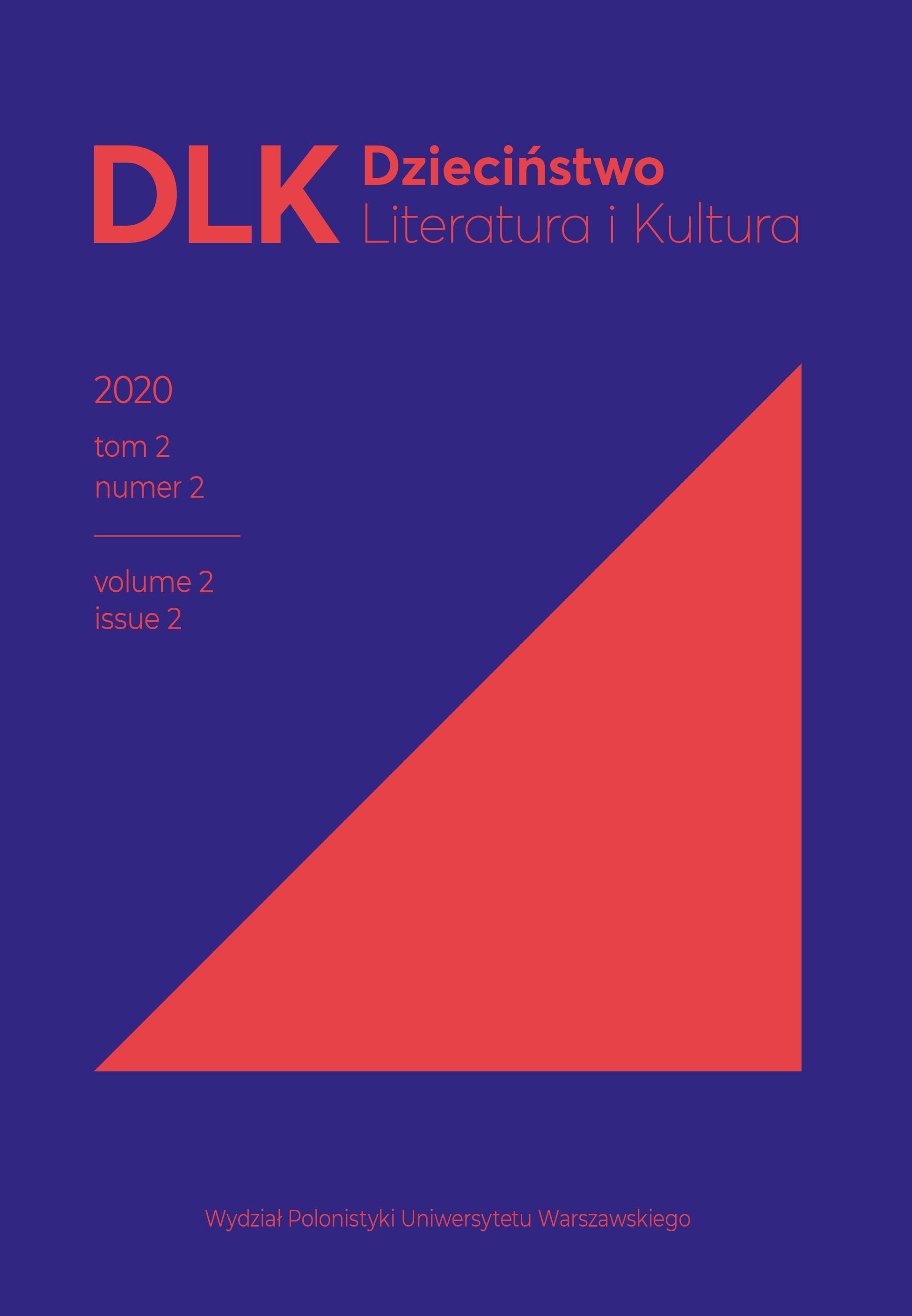Canis lupus – dziki i oswojony, realny i antropomorfizowany, czyli ponad sto lat wilka w literaturze dziecięcej i młodzieżowej (wybrane problemy)
Canis lupus – Wild and Tame, Real and Anthropomorphised, or Over a Hundred Years of the Wolf in Children’s and Young Adult Literature (Selected Problems)
Author(s): Aleksandra ButrymowiczSubject(s): Social Sciences, Language and Literature Studies, Studies of Literature, Sociology, Polish Literature, Environmental interactions, Philology, Theory of Literature, British Literature, American Literature
Published by: Wydział Polonistyki Uniwersytetu Warszawskiego
Keywords: anthropomorphisation; fairy tale; predator; wildness; James Oliver Curwood; Katherine Rundell; children’s and young adult literature; taming; Wiktoria Korzeniewska; wolf
Summary/Abstract: The aim of the article is to analyse the metamorphoses which the Canis lupus species is subjected to in selected examples of children’s and young adult literature. The author of the paper attempts to go beyond the anthropocentric perspective in order to show how the features considered in culture as wolfish contribute to the creation of the image of the wolf as an animal entering into a relationship with a particular book’s child character. The motifs and artistic devices discussed in the article, such as establishing human-animal relationships, taming, or anthropomorphisation, show the face of the nature-culture border while emphasising its problematic location. The main research material consists of Kazan by James Oliver Curwood (1914), The Wolf Wilder by Katherine Rundell (2015), and Czerwona baśń [A Red Fairy Tale] by Wiktoria Korzeniewska (2020), with contextual references to selected traditional fairy tales and other cultural texts for children and young people.
Journal: Dzieciństwo. Literatura i Kultura
- Issue Year: 2/2020
- Issue No: 2
- Page Range: 37-53
- Page Count: 17
- Language: Polish

